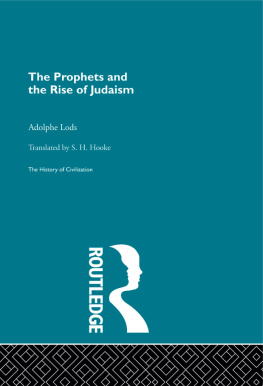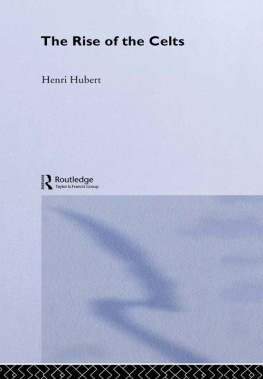| CHAPTER |
| The Roman Empire at the close of the fourth century, superiority of its organisation. The Barbarian World: Uralo-Celtic and Slav races, their economic an'd social organisation, their role; the Germans, their social and economiccondition in thefifth century, their role. |
| Infiltration of Barbarians into the Empire; character of the Invasions ; settlements of the barbarians. Results of the establishment of barbarian kingdoms; their work of destruction and economic and social retrogression. |
| The superior organisation of the Byzantine Empire; colonisation and the development of agricultural production. The distribution of landed property; domains of the state, the Church, and the aristocracy.' Formation and progressof thepower of the Byzantine aristocracy. Medium-sized and small free properties in the East and the class of small landowners. The dependent agricultural classes; disappearance of a wage-earning class and of free tenant farming (fermage) and metayage; abolition of slavery ; diffusion of the colonate and evolution of serfdom. |
| Persistence of urban economy and industrial activity in the East. Organisation of urban corporations and crafts.Varietiesof industrial production in the Byzantine Empire. Organisation and world supremacy of Byzantine commerce. Activity and prosperity of urban life in the Byzantine Empire. |
| The influence of Byzantium in Italy, and in the Roumanian and South Slav lands. Influence on the Bulgars.The part played by Byzantine civilisation in Varangian Russia. The work of Byzantium in the history of labour. |
| Attempts to reconstitute the state in the West; political and economic policy of the princes. Part playedby theChurch inthe economic renaissance of the Carolingian age. |
| The promoters; methods and work of colonisation. Persistence of a primitive agrarian economy; waste lands, forests, pastoral cultivation; slight progress in the superior forms of cultivation, cereals, arboriculture, vine-growing, industrial crops. Partial renaissance of agricultural production and repopulation of the land. |
| Decline of collective and family ownership and progress of individual ownership. Predominance of large properties in royal, ecclesiastical or aristocratic hands. Formation of a landed nobility, the system of vassalage and benefices. The great domain of the West and its organisation during the early Middle Ages. Decline of small ownership and of free classes and free labour in the West. |
| Day labourers, mitayers and tenant-farmers (fermiers); the hotes and the dependent free tenants. The class of vi coloni in the West. Disappearance and transformation of slavery. Formation and extension of serfdom attached to the soil. Material and moral life of the rural classes in the West from the seventh to the tenth centuries. |
| Characteristics of industry at this period; family industry and industry on the great domains. Organisation of monastic workshops. Disappearance and survivals of the class of urban artisans. Industrial production, its varietiesand comparative unimportance. Renaissance of commerce in the West in the Caro-lingian age; characteristics of this commerce; commercial currents. The first renaissance of urban life, itsunevenness; urban populations; aspect and character of urban centres. |
| The last invasions and the achievements of the Dark Ages in the history of labour. |
| Political, social and economic foundations of the feudal regime in Europe. Forms of ownership of the soil; diminution of collective property and decline of small free ownership. The great ecclesiastical properties. Domains of sovereign princes;seigneurial domains and lands of the nobility; subdivision into fiefs. The great domain of the feudal period, its organisation-and break up into tenant's holdings. |
| Different classes of peasants; the free villeinss their rands, obligations and rights. The servile villeins; serfdom becomes general classes of serfs and their obligations. Hard conditions of peasant life under the feudal regime. Backward stateof agricultural economy at this period. Advantages and precarious condition of the peasants. Villein lifeduringthe earlyfeudal period; the spirit of revolt. |
| Bad organisation of feudal government and its influence on the condition of the mass of the workers. Influence of the new feudal governments and centralised monarchies upon labour. Influence of the Western Church upon labour. |
| Unimportant part played by a money economy in the early feudal period. The renaissance of commerce and its causes; forms of commercial organisation; large-scale international commerce and great mercantile associations. The restorationof means of transport; increase in the use of money and credit; development of markets and fairs. Rise of maritime commerce; predominance and prosperity of Mediterranean trade; progress of trade in Western and Central Europe; the commercial powers. Effects of the commercial revolution. |
| Industry during the early feudal period. Causes and characteristics of the industrial renaissance in the West. Chief formsof industry in the golden age of the medieval period. Small-scale industry. First manifestations of the great industry. Wide scope of industrial development in the West from the eleventh century; mineral, metallurgical and textile industries; wood, earthenware and glass industries; art industries. Results of this renaissance. |











